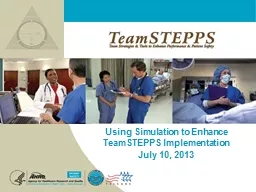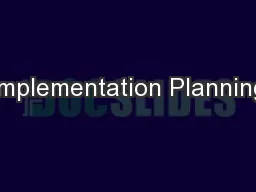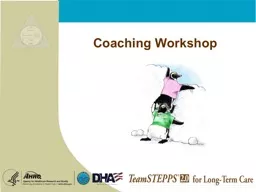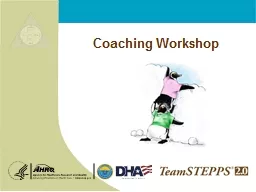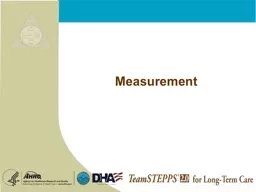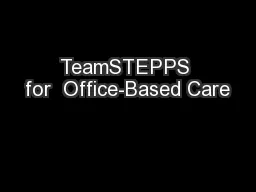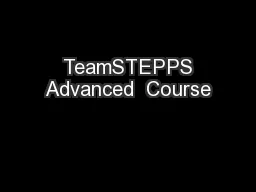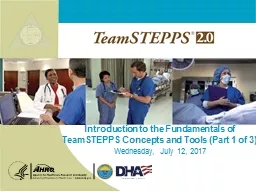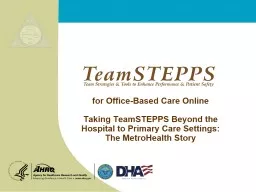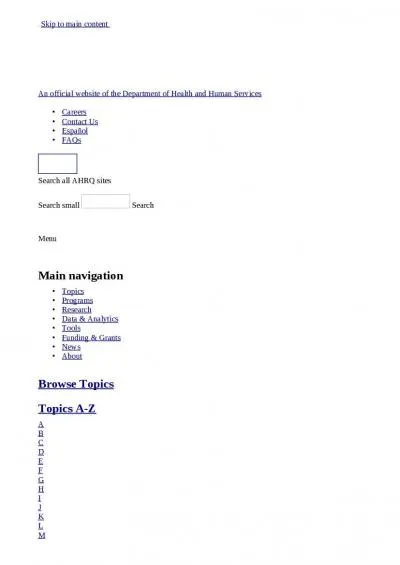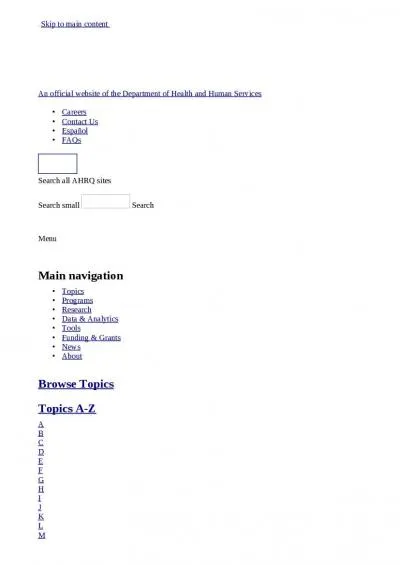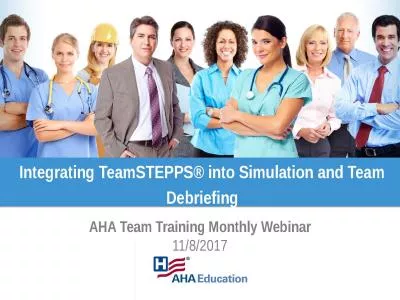PPT-Using Simulation to Enhance TeamSTEPPS Implementation
Author : tatiana-dople | Published Date : 2018-09-22
July 10 2013 Acknowledgements Project Sponsors Jim Battles PhD AHRQ Heidi King MS DoD Project Team Health Research amp Educational Trust HRET Barb Edson Project
Presentation Embed Code
Download Presentation
Download Presentation The PPT/PDF document "Using Simulation to Enhance TeamSTEPPS I..." is the property of its rightful owner. Permission is granted to download and print the materials on this website for personal, non-commercial use only, and to display it on your personal computer provided you do not modify the materials and that you retain all copyright notices contained in the materials. By downloading content from our website, you accept the terms of this agreement.
Using Simulation to Enhance TeamSTEPPS Implementation: Transcript
Download Rules Of Document
"Using Simulation to Enhance TeamSTEPPS Implementation"The content belongs to its owner. You may download and print it for personal use, without modification, and keep all copyright notices. By downloading, you agree to these terms.
Related Documents

